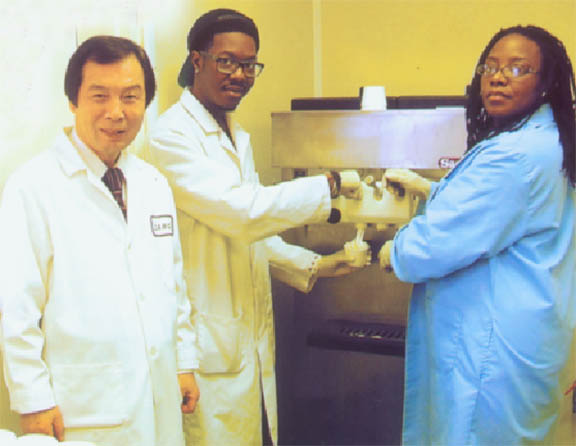Evaluation of nutritional, chemical, textural and sensory characteristics of goat milk ice cream manufactured with three different levels of Caprine milk fat
New research has been launched at Fort Valley State University for development of goat milk ice cream and its quality evaluation. At the university’s Georgia Small Ruminant Research and Extension Center, this study was initiated and conducted by Dr. Young Park, professor of food science, and his graduate student, Christopher McGhee. The student has been working on his master’s thesis project in collaboration with Park’s dairy technology research group.
The dairy goat industry, especially the goat milk ice cream enterprise, has not been developed in the U.S. On the other hand, 9 percent of total milk production in the U.S. has been used for production of ice cream, which is an important part of the economic condition of the U.S. dairy industry (USDA, 2011). The frozen dessert market is predominantly the ice cream market. In 2009, the ice cream market amounted to 1.52 billion gallons (5.75 billion liters), which comprised 86.7 percent of the total volume of all frozen desserts in the U.S. (USDA, 2011).
In general, ice cream has been a highly popular frozen dairy food around the world. Although numerous studies have been conducted on the nutritional, chemical, rheological and sensory characteristics of cow milk ice cream, such studies on goat milk ice cream have been almost nonexistent. Therefore, this research project was

